| Brick |
Bonding Patterns |
| No two bricks are the same, in terms of color or texture. This becomes one of the most apealing features of bricks that gives a house with a natural pleasant outlook and enduring beauty. Choice of a single and uniform color will make the house look monotonous and dull. |
Brickwork can be constructed by various arrangement of bricks bonded to form an integrated structure. There are a few commonly used bond patterns |
Brick Bond Laying Patterns

Stretcher Bond |

Stretcher Bond with Snap Headers |

English Bond |

English Garden Wall Bond |

Flemish Bond |

Flemish Garden Wall Bond |

Flemish Stretcher Bond |

Monk Bond |
Mortar Joints
The effect of mortar joints on the appearance of brickwork has always been neglected or overlooked. Although mortar joints appear on brickwork as narrow lines, they actually take up a significantly large proportion (about 15% to 25%) of the total wall surface, depending on the bonding pattern. This explains the surprising effect of mortar on the brickwork finished look. A dark mortar tends to make the bricks look darker and richer in color whereas a lighter mortar tends to make bricks to appear in lighter tone.
Mortar joints should be finished with a consistently shaped profile to enhance the characteristic appearance of brickwork. Four common types of joint are illustrated below:-
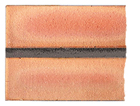
Flushed Joint
Flushed joint is used when a smooth finish is desired |
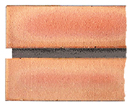
Raked Joint
The mortar is raked off by about 8mm back from the brick face. This type of joint is used when a rustic look is desired, emphasizing the individual brick
|
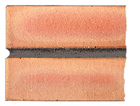
Rolled Joint
A commonly used joint formed by a round bar mortar to give a smooth finish and create a half-circle indent
|
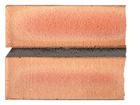
Weather Struck Joint
A joint formed by cutting mortar at a single angle to brick face with a trowel. Strucjoint is generally used against weathering |
Common Laying Patterns for Clay Pavers
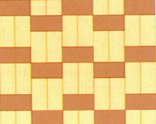
Basketweave 2x1
|
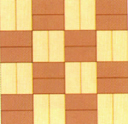
Basketweave 2x2
|
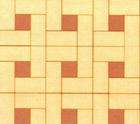
Tracery Bond
|
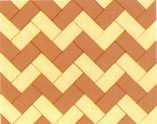
45 oC Herringbone
|
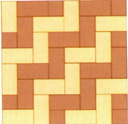
90 oC Herringbone
|
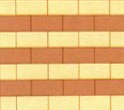
Stretcher Bond
|
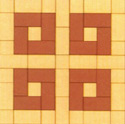
Variegated Bond #1
|
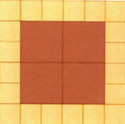
Variegated Bond #2
|
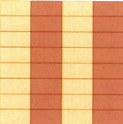
Stack Bond #1
|
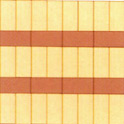
Stack Bond #2
|
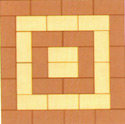
Running Bond
|

Circular Bond
|
 top top
|
|